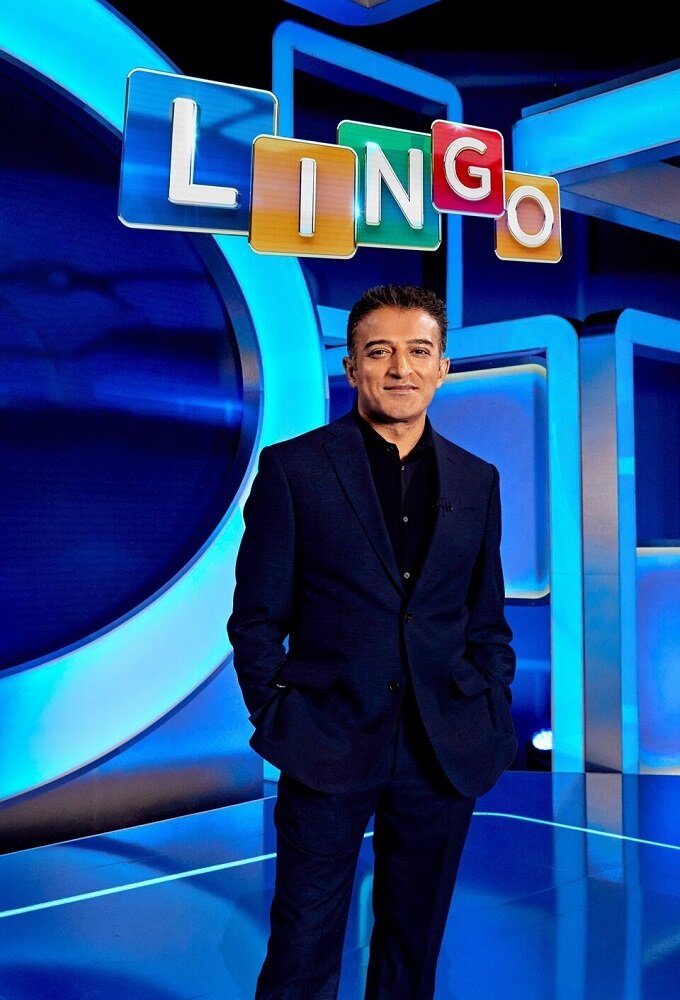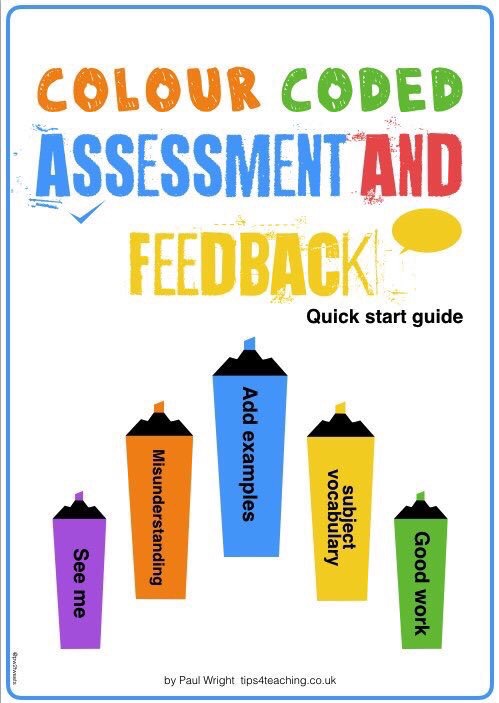
The Wordle Phenomenon: Crafting, Playing, and Its Cultural Impact
Introduction
Wordle is a word puzzle game that took the world by storm in late 2021 and throughout 2022. Its simple yet captivating gameplay has quickly made it a favorite among players globally. With the challenge of guessing a five-letter word within six attempts and receiving color-coded feedback, it’s no wonder that millions have engaged with this daily brain teaser. This article delves into the intricacies of building a Wordle-like game, tips for playing effectively, and what factors contributed to its phenomenal rise in popularity, along with the various spin-offs that have graced the gaming world.
 Explore the intricacies of the Wordle game design.
Explore the intricacies of the Wordle game design.
Building Your Own Wordle
Creating a Wordle-inspired game requires just a few key components: a curated word list, game logic to handle guesses, and a user-friendly interface.
Selecting a Programming Language
The first step in developing your version of Wordle is choosing a programming language. Some excellent choices include:
- JavaScript: Ideal for web development and browser games.
- Python: A great option for a command-line version or a foundational project.
- Swift/Java: Both languages provide the flexibility necessary for mobile app development for iOS or Android platforms.
Creating the Word List
At the heart of the game is a robust list of valid five-letter words, which should include:
- Answer words: The target words from which the game selects.
- Guess words: Valid five-letter words players can input.
A comprehensive list of around 2,500 target words and 10,000 valid guesses can create an engaging experience. These lists can be compiled from existing resources or by scraping an online dictionary.
Developing Game Logic
The game’s logic is crucial in enhancing the overall experience, which encompasses:
- Random Word Selection: Each game selects a target word randomly from the answer list.
- Input Validation: Ensuring players input valid five-letter words based on the established word list.
- Feedback Mechanism: Providing color-coded responses:
- Green: The letter is in the correct spot.
- Yellow: The letter is present but misplaced.
- Gray: The letter is not included in the word at all.
This feedback mechanism is vital, guiding players toward the correct guess as they progress through their attempts.
User Interface Design
A straightforward and intuitive interface is necessary for players. Required elements include:
- Input Box: A field for players to enter their guesses.
- Feedback Display: A visual representation showing the player’s guess along with the associated color feedback.
- Game Controls: Options for submitting guesses, starting a new game, and accessing help or rules.
Using HTML, CSS, and JavaScript can help create a visually appealing web interface for your adaptation of Wordle.
Optional Enhancements
Adding unique features to your game can increase engagement:
- Daily Challenge: Implement a daily puzzle that players can look forward to.
- Accountability Stats: Track player statistics like win streaks and average guesses.
- Social Sharing: Allow players to share their game results on social media, creating a social connection over the game.
 Understanding the feedback can lead to success in guessing the Wordle.
Understanding the feedback can lead to success in guessing the Wordle.
How to Play Wordle
While Wordle is simple to pick up, mastering it requires skill and an analytical approach.
Gameplay Objective
The aim of Wordle is to uncover the five-letter target word in six attempts, using the feedback from previous guesses to refine future attempts.
Steps to Mastering Wordle:
- Begin with Your First Guess: Select a five-letter word. Starting with common vowels and consonants can enhance your chances.
- Interpret Feedback: After your guess, each letter will be highlighted:
- Green: Correct letter, correct position.
- Yellow: Correct letter, wrong position.
- Gray: Not in the word.
- Tactical Guessing: Utilize the feedback to adjust subsequent guesses. For instance, keeping letters marked green in the same position in future guesses.
- Keep Guessing: Continue refining your word selections until you succeed or exhaust your attempts.
- Conclude the Game: If successful, share your score! If you’re unable to guess the word, it will be revealed, and you can prepare for the next day’s puzzle.
Tips for Effective Play:
- Favor Vowel-Heavy Starters: Words like “CRANE” or “SLATE” can be advantageous.
- Dodge Repeated Grays: Don’t use letters already confirmed as absent in future guesses.
- Reorganize Yellow Letters: If you get yellow feedback, try mixing those letters in subsequent attempts to find the correct positioning.
Why the World Flocked to Wordle
Wordle’s unprecedented success can be attributed to several compelling factors:
Simple and Accessible Gameplay
The straightforward rules make Wordle approachable for players of all ages and backgrounds. It’s playable for free in any web browser, requiring no app downloads, which significantly boosts its reach and appeal.
Social Media Engagement
The incorporation of social sharing encourages players to boast about their results. The unique grid format used for sharing results allows players to showcase their skills without spoiling the word, stimulating competition on platforms like Twitter.
Daily Puzzles Create Anticipation
Across many mobile games, endless play can lead to fatigue. Wordle’s limitation of one puzzle daily builds anticipation and ensures continued engagement with a fresh challenge every day.
Tidal Wave During the Pandemic
Wordle’s popularity surged during the global pandemic, when people sought simple, enjoyable distractions. The game provided quick entertainment, allowing individuals to challenge themselves while being connected to a global player base.
Building Community Through Shared Experiences
Wordle fostered a sense of community among its players. Sharing stories, strategies, and results created connections and enhanced the game’s appeal, contributing to its viral success.
 Discover the various adaptations of Wordle engaging diverse audiences.
Discover the various adaptations of Wordle engaging diverse audiences.
Variants and Spin-Offs of Wordle
The smashing success of Wordle has given rise to numerous variants that keep the concept fresh and exciting for players.
Dordle, Quordle, and Octordle
These adaptations boost the challenge by asking players to tackle multiple puzzles:
- Dordle: Solve two puzzles.
- Quordle: Solve four simultaneously.
- Octordle: Solve eight puzzles at once, all while managing guesses across games using the feedback provided.
Absurdle
This version flips the concept, making the game actively withhold the answer. With a shifting target word, players must strategize to identify the word as the game morphs, heightening the challenge.
Worldle
A geography-themed variant, Worldle presents players with an outline of a country and requires guessing its name. Hints about distances and directions to the target country are provided with each incorrect guess, making it a unique application of the Wordle framework.
Heardle
In this music-inspired spin-off, players recognize song titles from audio clips, with each wrong guess revealing more of the tune, adding a musical twist to the enjoyable formula.
Custom Wordle Options
Educators and hobbyists have also tailored custom Wordle games for specific subjects or audiences, enriching the gameplay experience with thematic elements.
Conclusion
Wordle is more than just an engaging game; it represents a cultural touchstone that has captivated players with its simplicity and daily challenges. Its design, coupled with clever social sharing features, has resulted in a viral phenomenon that’s hard to resist. The restrictive gameplay encourages players to return each day, and this charm has inspired numerous adaptations and spin-offs. Whether you find yourself crafting your own version of Wordle or participating in the daily challenge, it’s clear that the allure of Wordle will endure for some time to come.















